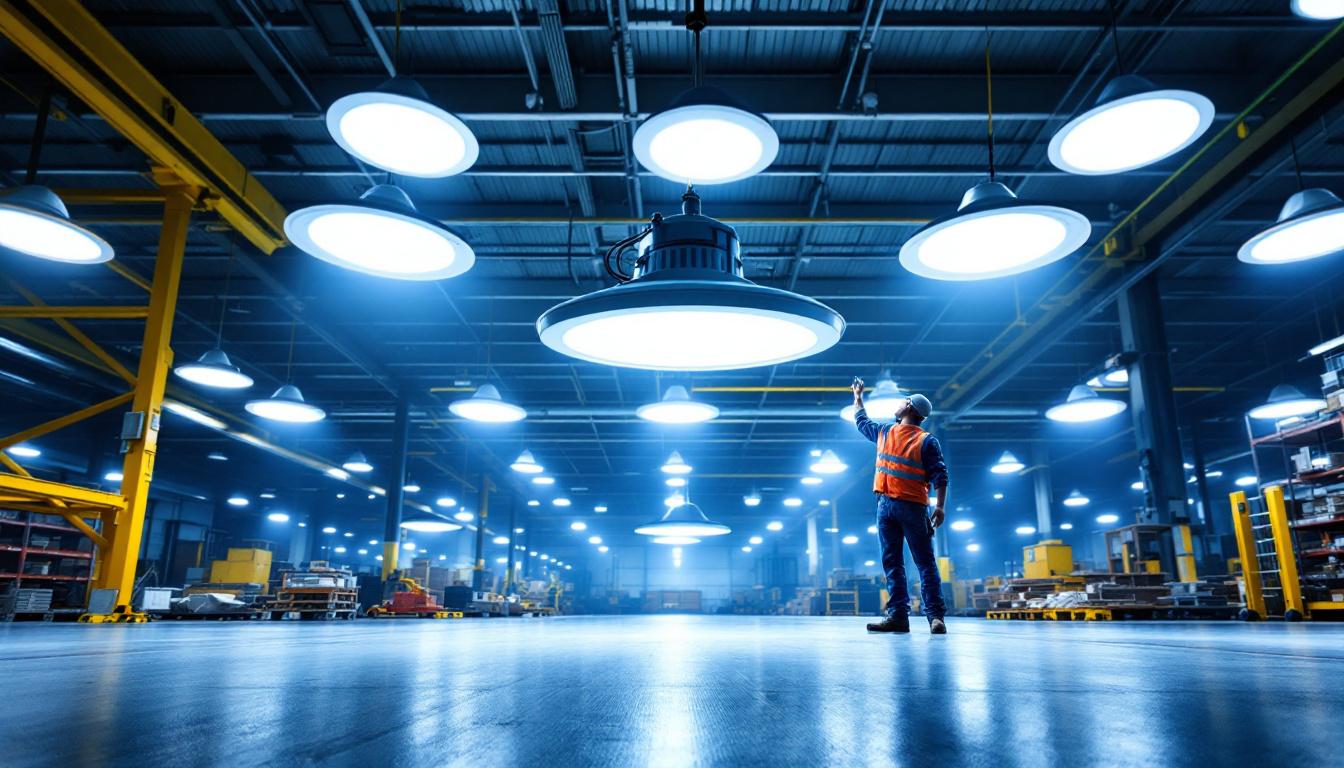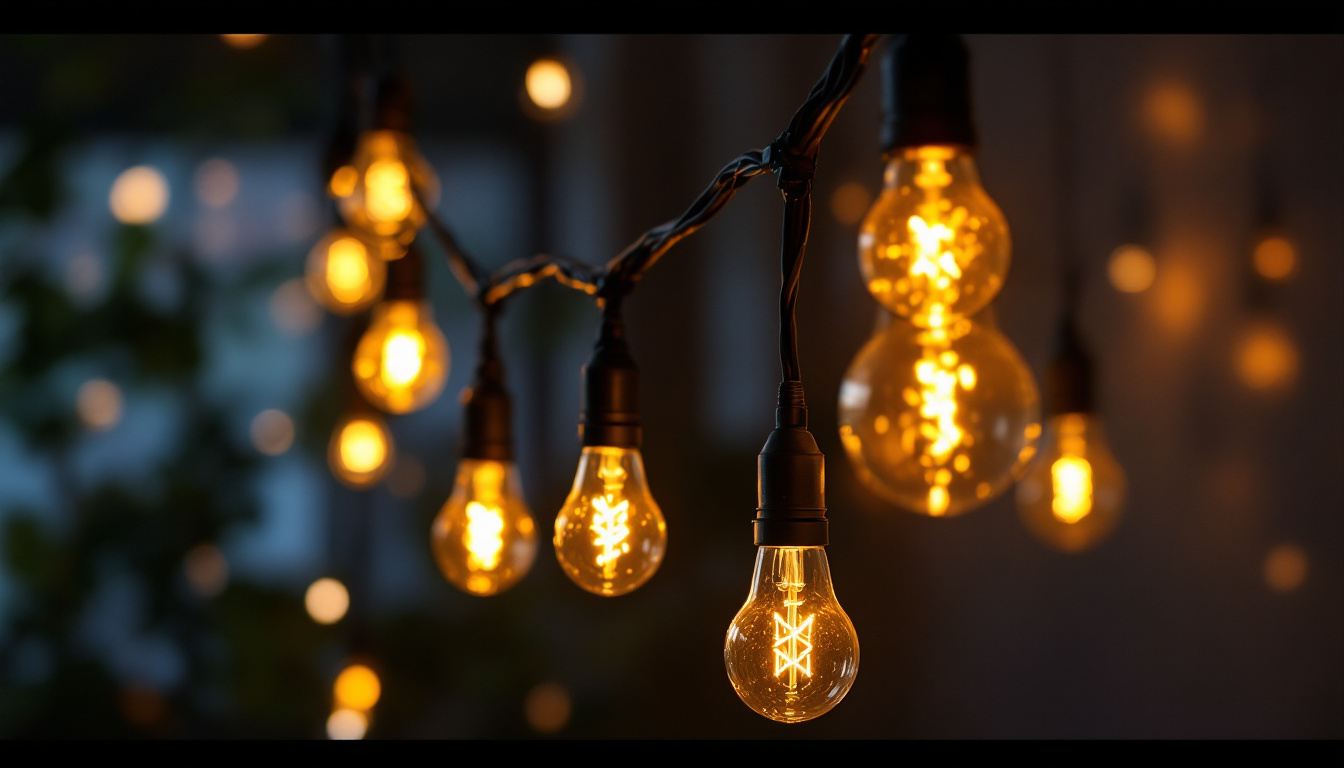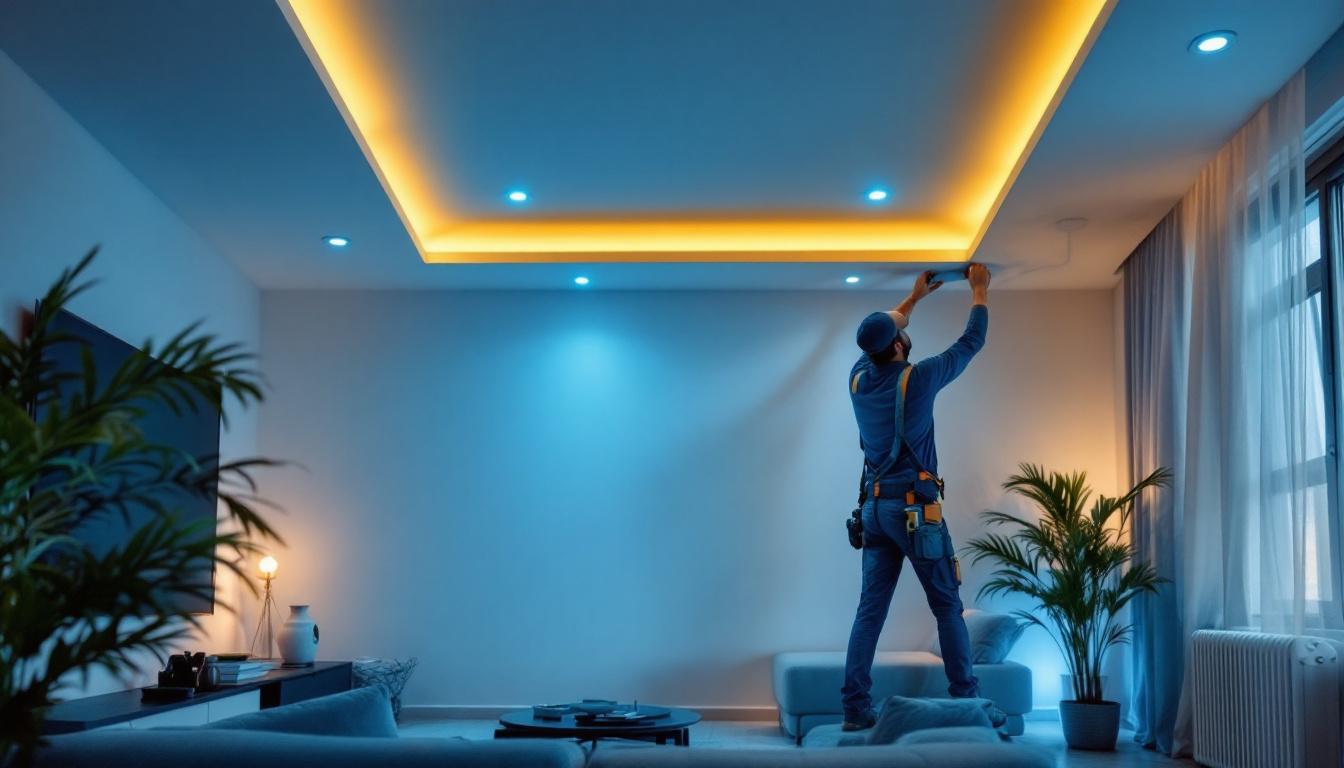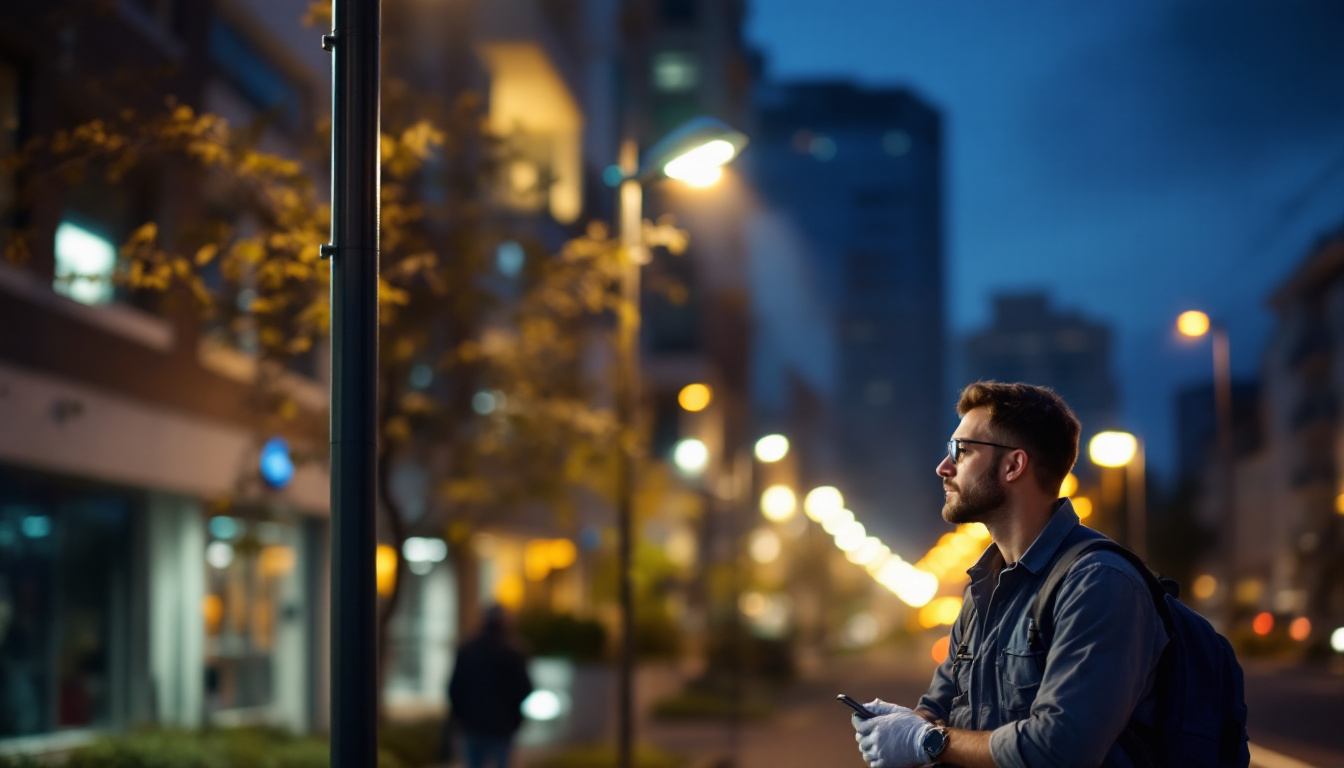
Lighting professionals are constantly seeking ways to enhance energy efficiency and reduce maintenance costs in their projects. One of the most effective solutions is the use of Type A LED tubes, which can operate without the need for a ballast. This article serves as an essential checklist for lighting contractors who want to implement this technology effectively.
Type A LED tubes are designed to replace traditional fluorescent tubes while utilizing the existing fixture and wiring. This means that they can be installed directly into the existing sockets without the need for additional modifications or equipment. Their compatibility with standard fluorescent fixtures makes them a popular choice for retrofitting projects. This ease of installation not only saves time but also reduces labor costs, making Type A LED tubes an attractive option for both commercial and residential applications.
One of the primary benefits of Type A LED tubes is their energy efficiency. They consume significantly less power than traditional fluorescent tubes, resulting in lower energy bills. Additionally, they have a longer lifespan, which means reduced replacement costs and less frequent maintenance. In fact, many Type A LED tubes can last up to 50,000 hours, compared to the 10,000 hours typical of fluorescent tubes. This longevity not only contributes to sustainability efforts by reducing waste but also allows businesses and homeowners to enjoy consistent lighting without the hassle of frequent replacements.
Another advantage is the quality of light they provide. Type A LED tubes offer improved color rendering and instant-on capabilities, eliminating the flickering often associated with fluorescent lighting. This can enhance the overall ambiance of a space, making it more appealing to occupants. Furthermore, the absence of harmful chemicals, such as mercury, commonly found in fluorescent tubes, makes LED options a safer choice for indoor environments. As a result, Type A LED tubes not only contribute to energy savings but also promote healthier living and working conditions.
When selecting Type A LED tubes, it is essential to consider several key features. Look for tubes with high lumen output, as this will ensure adequate brightness for the intended application. Additionally, pay attention to the color temperature; options typically range from warm white to cool white, allowing for customization based on the environment. Warm white is often preferred for residential spaces to create a cozy atmosphere, while cool white is ideal for workspaces that require alertness and focus.
Another important feature is the compatibility with dimming systems. While many Type A LED tubes are designed to work with standard fixtures, not all are compatible with dimmers. Therefore, confirming this feature is crucial if the project requires adjustable lighting levels. Additionally, some advanced Type A LED tubes come with smart technology capabilities, allowing users to control brightness and color temperature through mobile apps or voice-activated devices. This level of flexibility can significantly enhance the user experience, making it easier to adapt lighting to suit different activities and moods throughout the day.
Installing Type A LED tubes is generally straightforward, but there are several considerations that lighting professionals must keep in mind to ensure a successful installation.
Before beginning any installation, it is vital to prioritize safety. Ensure that the power supply to the fixture is turned off to prevent electrical shocks. Additionally, using appropriate personal protective equipment (PPE) is recommended to safeguard against potential hazards.
It is also important to verify that the existing fixtures are in good condition. Any signs of damage or wear may require repairs or replacement before installing new LED tubes. Inspecting the sockets for corrosion or loose connections can prevent future issues and ensure a secure fit for the new tubes. Furthermore, consider the environment in which the installation is taking place; areas with high humidity or dust may require additional protective measures to maintain the integrity of the lighting system.
Type A LED tubes are designed to work with existing fluorescent fixtures, but it is essential to confirm compatibility. Some older fixtures may require modifications, such as bypassing the ballast, to ensure optimal performance. Always refer to the manufacturer’s specifications and guidelines during installation.
Furthermore, check the wiring configuration. Most Type A LED tubes are designed for single-ended or double-ended wiring. Understanding the wiring type will help avoid installation errors and ensure proper functionality. Additionally, be aware of the wattage ratings of the existing fixtures and the new LED tubes; mismatched wattages can lead to inefficient performance or even damage to the tubes. It may also be beneficial to consult with a licensed electrician if there are any uncertainties regarding electrical configurations or local codes, as compliance with regulations is crucial for safety and functionality.
While Type A LED tubes are known for their longevity and low maintenance requirements, occasional issues may arise. Being prepared to troubleshoot can save time and resources in the long run.
One common issue that may occur is flickering. This can be caused by several factors, including poor connections, incompatible dimmers, or faulty tubes. If flickering is observed, it is advisable to check the connections and ensure compatibility with any dimming systems.
Another issue is reduced brightness over time. While LED tubes typically have a long lifespan, they can still experience lumen depreciation. If brightness diminishes significantly, it may be time to replace the tubes.
Conducting regular inspections of the installed Type A LED tubes can help identify potential issues before they become significant problems. Look for signs of wear or damage, such as discoloration or physical damage to the tubes. Ensuring that the fixtures are clean and free from dust can also enhance performance and longevity.
Additionally, keeping an eye on the electrical connections and wiring can prevent future complications. Regular maintenance checks can help ensure that the lighting system continues to operate efficiently and effectively.
Understanding the lifespan of LED tubes is crucial for effective maintenance. LED technology is designed to last significantly longer than traditional lighting options, often exceeding 25,000 hours of use. However, this lifespan can vary based on factors such as operating temperature, voltage fluctuations, and the quality of the LED components themselves. High-quality tubes from reputable manufacturers are more likely to maintain their brightness and efficiency over time, making it essential to choose products with proven reliability.
Moreover, the environment in which the LED tubes are installed plays a significant role in their longevity. For instance, extreme temperatures or high humidity levels can impact performance. Installing LED tubes in well-ventilated areas and avoiding exposure to harsh conditions can help maximize their lifespan. Regularly reviewing the installation environment can provide insights into potential adjustments needed to enhance the durability of the lighting system.
While the initial investment for Type A LED tubes may be higher than traditional fluorescent tubes, the long-term savings can be substantial. Understanding the cost implications is crucial for lighting professionals when recommending solutions to clients.
The upfront cost of Type A LED tubes can vary based on brand, specifications, and quantity. However, it is essential to factor in the long-term savings associated with energy efficiency and reduced maintenance. Over time, the lower energy consumption and extended lifespan can lead to significant cost reductions.
When discussing options with clients, it can be beneficial to provide a cost analysis that outlines the potential savings over time. This transparency can help clients make informed decisions and justify the initial investment. Additionally, it’s important to highlight that Type A LED tubes typically last up to 25,000 hours or more, compared to the 7,000 to 15,000 hours of traditional fluorescent tubes. This longevity not only reduces the frequency of replacements but also minimizes labor costs associated with changing out bulbs, making it a more economical choice in the long run.
Many utility companies and government programs offer incentives or rebates for upgrading to energy-efficient lighting solutions, including Type A LED tubes. Lighting professionals should be aware of these programs and inform clients about potential savings opportunities. This can further enhance the appeal of switching to LED technology.
Researching local programs and providing clients with the necessary information can facilitate the decision-making process and encourage the adoption of energy-efficient solutions. Furthermore, some businesses may qualify for tax deductions or credits under energy efficiency programs, which can significantly offset the initial costs. By presenting a comprehensive overview of these financial incentives, lighting professionals can empower clients to take advantage of available resources, making the transition to LED lighting not only a smart environmental choice but also a financially savvy one.
Type A LED tubes without ballast represent a significant advancement in lighting technology, offering numerous benefits for both lighting professionals and their clients. By understanding the advantages, installation considerations, maintenance requirements, and cost implications, lighting contractors can effectively implement this solution in their projects.
As the demand for energy-efficient lighting continues to grow, staying informed about the latest technologies and best practices will be crucial for lighting professionals. By utilizing the checklist provided in this article, contractors can ensure successful installations and satisfied clients, ultimately contributing to a more sustainable future in lighting.
Ready to elevate your lighting projects with the efficiency and cost-effectiveness of Type A LED tubes without ballast? LumenWholesale is here to support your endeavors with our extensive range of high-quality, spec-grade lighting products. Our commitment to providing unbeatable wholesale prices means you can access superior lighting solutions without the burden of inflated markups. With free shipping on bulk orders, you can trust that you’re getting premium lighting at the best value — no hidden fees, no compromises. Don’t miss out on the perfect blend of quality, affordability, and convenience. Visit LumenWholesale today and discover Wholesale Lighting at the Best Value for your next project.

Discover innovative cost-saving strategies with UFO High Bay LED Lights tailored for lighting contractors.

Discover the ultimate guide to LED lamp strings with our essential checklist tailored for lighting professionals.

Discover the latest housing recessed lighting trends every contractor must know. Learn how to enhance space, boost efficiency, and stay ahead—read now!.

Discover how light pole lights can revolutionize cost management for lighting contractors.